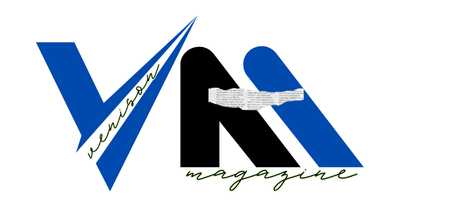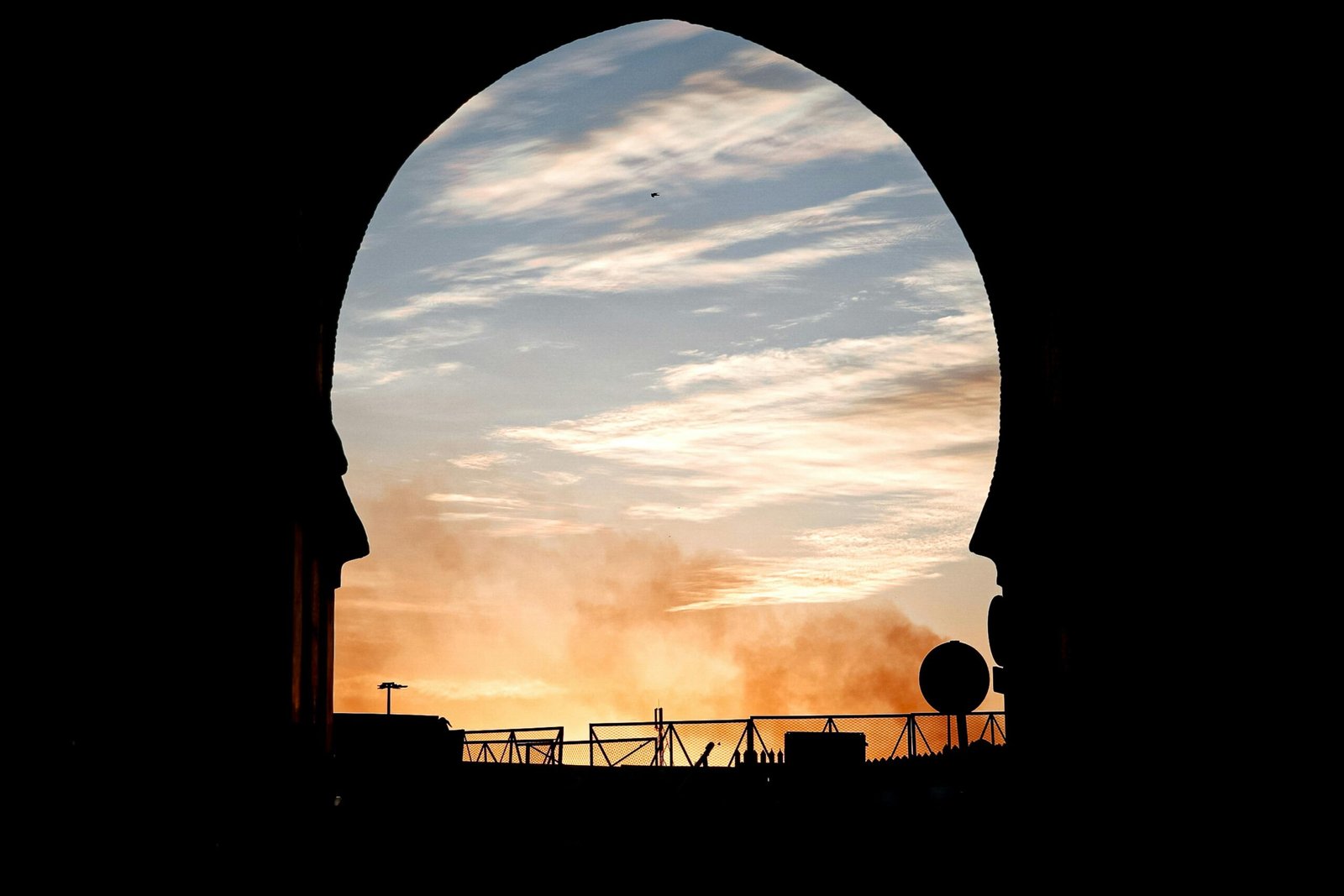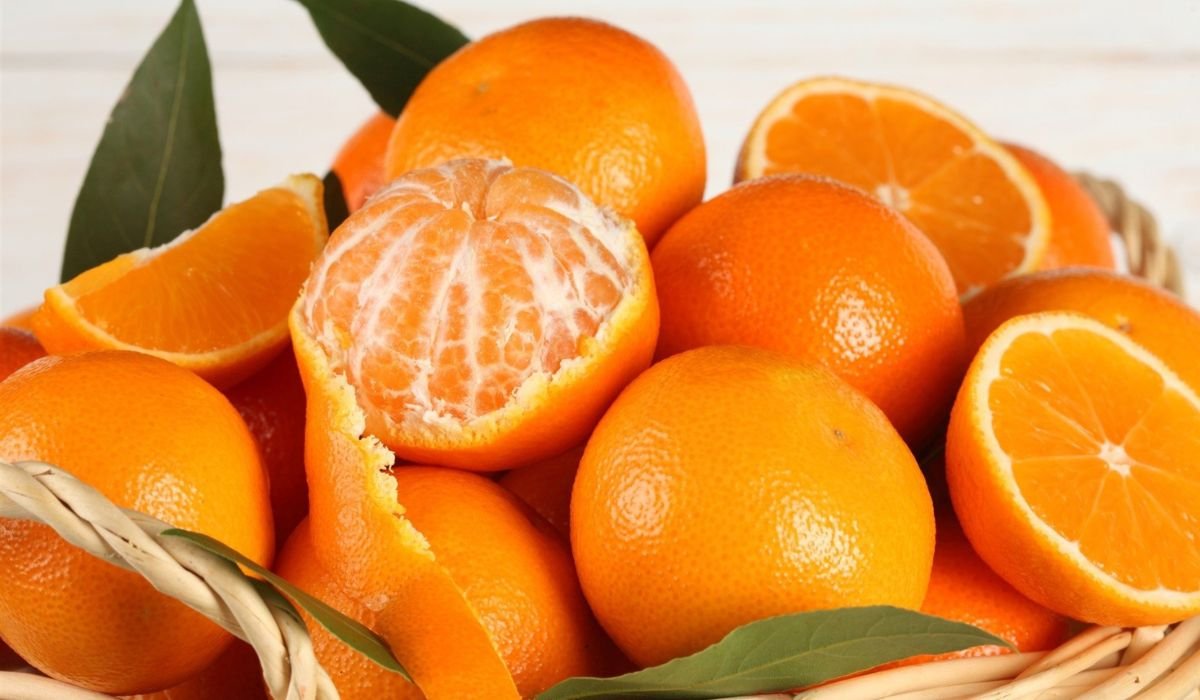Unveiling the Enigma of ‘Possibly Ethereal’
‘Possibly ethereal’ is a term that evokes a unique blend of mystery, imagination, and wonder. At its core, it suggests something that exists on the threshold of the tangible and intangible, the known and unknown. The phrase weaves together a sense of the sublime with a playful uncertainty, inviting exploration of the vague yet beguiling concept. From its use in art and literature to its modern cultural and psychological significance, ‘possiblyethereal’ captures the essence of what it means to encounter the extraordinary in the ordinary.
This article dives deep into the historical roots, modern interpretations, and contexts of ‘possiblyethereal’ while offering insights into why this term speaks to the human spirit so profoundly.
A Historical Journey: Tracing the Roots of ‘Possibly Ethereal’
The Etymological Beginnings
The word “ethereal” originates from the Greek term “aither,” meaning pure, bright upper air. The concept of “ethereal” historically connects to celestial realms, something delicate, divine, or heavenly. The addition of “possibly” introduces an element of uncertainty or wonder, making the concept more relatable and open to interpretation. This linguistic evolution has contributed to its nuanced and multifaceted meanings.
Cultural and Literary Foundations
The term ‘ethereal’ first found prominence in early Western art and literature, where the ethereal realm symbolized the divine or the unattainable. Renaissance artworks often depicted ethereal beings or spaces, combining visual elegance with spiritual depth. Over time, pairing “possibly” with “ethereal” has added layers of ambiguity, shifting the focus from perfection to the exploration of life’s mysteries.
Examples:
- Shakespeare’s works often danced around ethereal themes, especially in plays like A Midsummer Night’s Dream.
- Romantic writers such as Keats and Wordsworth infused their poetry with ethereal imagery, grounding it in nature’s mystery.
From Literature to Modern Culture: The Influence of ‘Possibly Ethereal’
A Modern Cultural Lens
The concept of ‘possiblyethereal’ has found its way into modern media, from novels and visual art to film and music. It bridges the gap between grounded reality and fantasy, making it particularly relevant in today’s multifaceted cultural landscape.
Examples in Modern Culture:
- Films like The Tree of Life embody ‘possiblyethereal’ with their transcendent visuals and elusive themes.
- Art installations that use light, sound, and texture create immersive spaces that feel both surreal and tangible.
Why ‘Possibly Ethereal’ Resonates Today
The rise of social media has bolstered interest in abstract, aesthetic concepts. Hashtags and trends centered around the mystical appeal of ‘possiblyethereal’ content—from dreamy filters to poetic captions—underscore its significance.
Personal Identity and the ‘Possibly Ethereal’ Connection
The Symbolism of Self
For many, ‘possiblyethereal’ reflects aspects of personal identity. It gives individuals a romantic way to describe feelings of being caught between moments, moods, or possibilities. The term offers a narrative for those exploring their inner lives, identity shifts, or spiritual pursuits.
Emotional Anchors
Terms like ‘possiblyethereal’ resonate deeply because they reflect universal human experiences of awe, wonder, and searching. It creates space for people to ruminate on the delicate balance between the ordinary and extraordinary.
Psychological Appeal: Why ‘Possibly Ethereal’ Captivates Us
The Power of Ambiguity
Psychologically, ambiguity fuels curiosity. The phrase ‘possiblyethereal’ provides just enough context to spark intrigue while leaving space for individual interpretation. This balance is crucial for its widespread appeal.
Tapping into Awe and Wonder
Studies in positive psychology show that people experiencing awe report higher levels of life satisfaction. ‘Possiblyethereal’ hits this psychological sweet spot, often conjuring imagery and feelings associated with vastness, beauty, and the sublime.
Exploring ‘Possibly Ethereal’ in Different Contexts
Artistic Expression
Artists often channel ‘possiblyethereal’ through mixed media, creating works that defy constraints. Popular motifs include luminous light installations and abstract paintings suggesting celestial landscapes.
Linguistics and Communication
Linguistically, words like ‘possiblyethereal’ provide writers and poets with tools to convey layered meanings. Its increasing use highlights our fascination with compact terms that capture the ineffable.
Digital and Social Culture
On digital platforms, ‘possiblyethereal’ tags promote visual storytelling through a mix of dreamy aesthetics and thought-provoking stories. From Pinterest boards to Instagram reels, it’s a lens for sharing nuanced experiences.
The Delight of ‘Possibly Ethereal’ in Everyday Life
By naming what’s usually felt but not explained, ‘possiblyethereal’ enriches the way we interpret and connect to the world. It allows us to straddle mystery and revelation in art, language, and identity. Harnessing its linguistic and cultural power enriches not only creative endeavors but also life’s meaning.
YOU MAY ALSO LIKE
The Crucial Years 2023-1954: Shaping Our Future
Conclusion
The concept of ‘possiblyethereal’ offers a profound lens through which to view the world, blending the tangible with the intangible. By embracing its essence, we open doors to deeper creativity, richer emotional experiences, and a more nuanced understanding of existence. It’s an invitation to celebrate the beauty of the unexplainable while grounding ourselves in the moments that define our shared humanity. Through this balance of mystery and meaning, ‘possiblyethereal’ becomes not just a word but a way of seeing and being.
FAQs
What does ‘possiblyethereal’ mean?
‘Possiblyethereal’ describes something that feels otherworldly or extraordinary but remains grounded in ambiguity. It balances mystery and relatability.
Where did the term originate?
The term blends historical linguistic roots with modern cultural usage. “Ethereal” stems from Greek, while “possibly” modernizes it for flexible interpretation.
How is ‘possiblyethereal’ used in modern culture?
It appears in art, movies, and social media to describe aesthetics, emotions, or moments that feel sublime yet relatable.
Why do people find ‘possiblyethereal’ psychologically appealing?
The mix of awe and ambiguity taps into human curiosity while offering a sense of wonder, inspiring both introspection and connection.
Can you use ‘possiblyethereal’ in practical contexts?
Definitely! You can use it to describe abstract ideas, creative works, or even personal experiences that feel magical yet uncertain.











